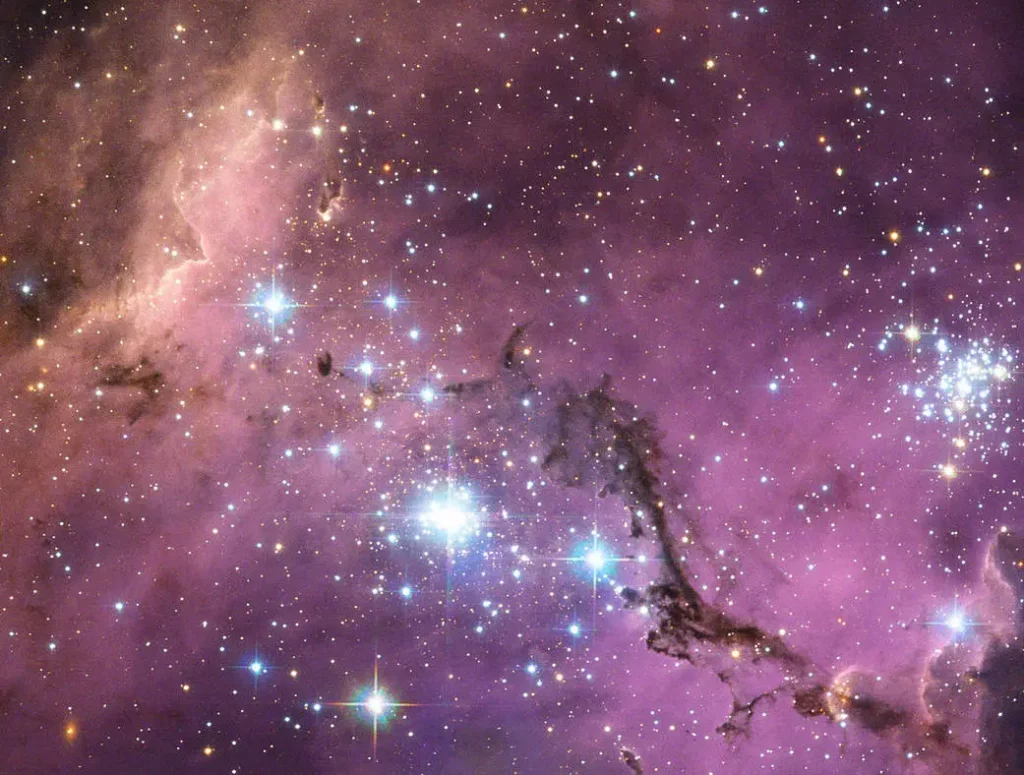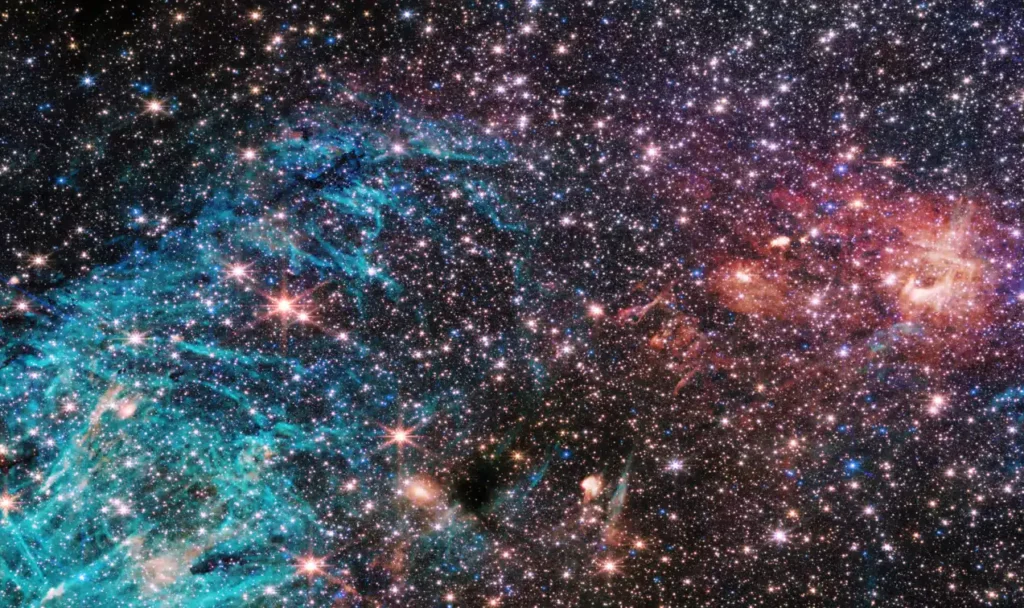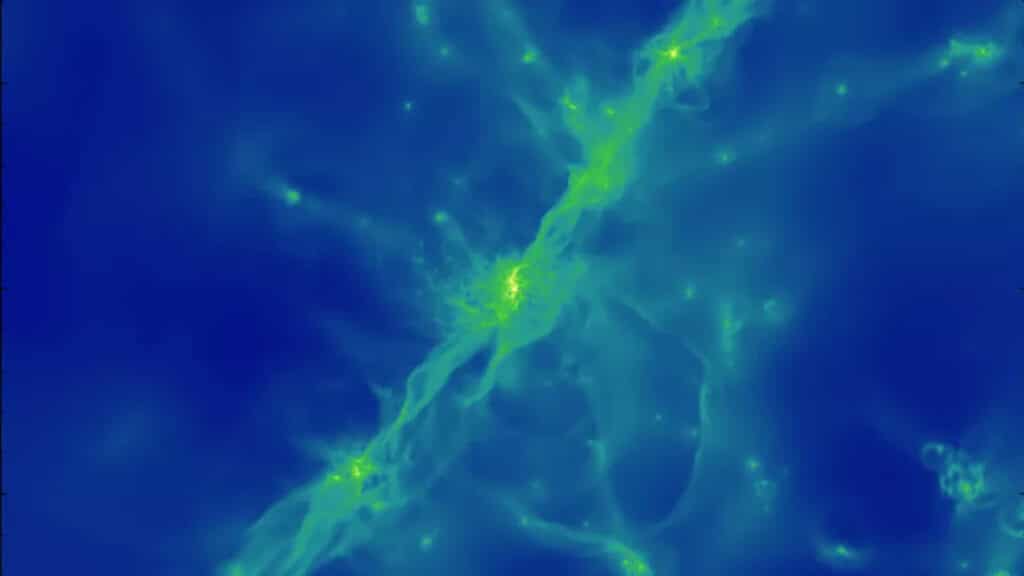In a monumental effort spanning over eight years and utilizing 100 million hours of supercomputing time, an international team of 160 researchers from 60 higher education institutions has made significant strides in improving the accuracy of galaxy formation simulations. This collaborative initiative aimed to rectify the persistent errors and assumptions that have historically plagued cosmological simulations.
Galaxies, the sprawling systems composed of stars, planets, and the mysterious dark matter that binds them, have long fascinated scientists and laypeople alike. Understanding their origins, from the Big Bang some 13.8 billion years ago to their current configurations, is a complex puzzle that researchers have sought to solve through advanced computer simulations. These simulations attempt to recreate the formation of galaxies to help scientists understand the processes that lead to the creation of galaxies like our own Milky Way.

However, these simulations have been hindered by numerous challenges. The limitations in the resolution of the simulations and assumptions about critical factors, such as the life cycles of stars and the evolution of the interstellar medium (the gas and dust that fill the space between stars), have introduced errors into the simulations, affecting their accuracy.
To tackle these issues, the international research team embarked on the largest comparison of galaxy formation simulations to date, dubbed the CosmoRun simulations.
“To make progress towards a theory of galaxy formation, it is crucial to compare results and codes from different simulations. We have now done this by bringing together competing code groups behind the world’s best galaxy simulators in a kind of supercomparison,” says study lead author Santi Roca-Fàbrega, a researcher in astrophysics at Lund University in Sweden, in a media release.
The CosmoRun simulations focused on the formation of a galaxy with the same mass as the Milky Way, incorporating consistent astrophysical assumptions about factors like ultraviolet background radiation from the first stars, gas cooling and heating, and star formation processes. These simulations have provided new insights, confirming that disk galaxies like the Milky Way formed early in the universe’s history, aligning with observations from the NASA’s James Webb Space Telescope. They also addressed the longstanding “missing satellites problem” by accurately simulating the number of satellite galaxies in accordance with observations.
A key finding from this research is the importance of the gas surrounding galaxies in creating realistic simulations. This marks a shift from previous focuses on the number and distribution of stars, showcasing the intricate balance of forces and materials necessary for galaxy formation.

“This is the start of more reliable simulations of galaxy formation, which in turn will help us to better understand our home galaxy, the Milky Way,” notes Roca-Fàbrega.
This landmark study not only represents a significant leap forward in our understanding of how galaxies form and evolve but also sets the stage for more refined simulations that will continue to unravel the mysteries of the universe and our place within it.
The study is published in The Astrophysical Journal.













Comments